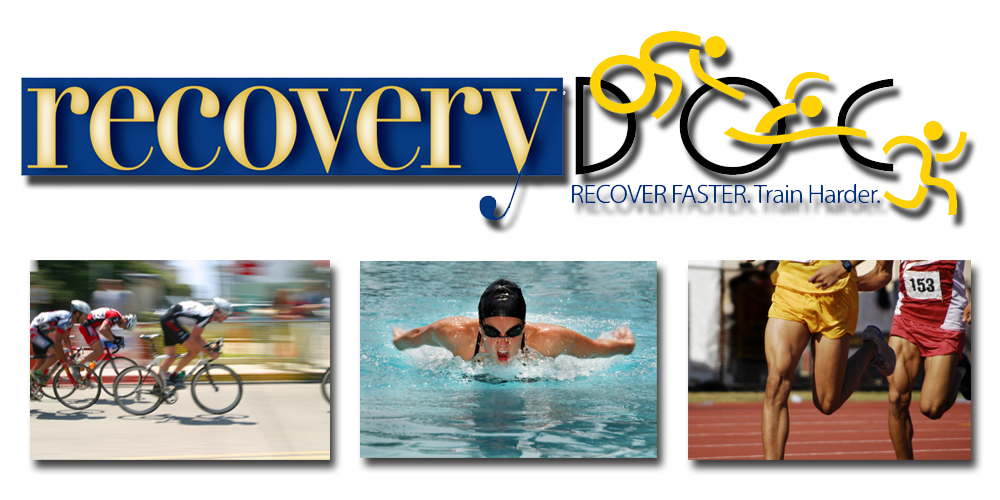
"Due to the exceptional setting of this study, we could acquire huge amounts of unique data regarding how endurance running affects the body's muscle and body fat," said Uwe Schütz, M.D., a specialist in orthopedics and trauma surgery in the Department of Diagnostic and Interventional Radiology at the University Hospital of Ulm in Germany. "Much of what we have learned so far can also be applied to the average runner."
The TransEurope-FootRace 2009 took place from April 19 to June 21, 2009. It started in southern Italy and traversed approximately 4,488 kilometers to the North Cape in Norway. Forty-four of the runners (66 percent) agreed to participate in the study.
Urine and blood samples as well as biometric data were collected daily. The runners were also randomly assigned to other exams, including electrocardiograms, during the course of the study. Twenty-two of the runners in the study underwent a whole-body MRI exam approximately every three or four days during the race, totaling 15 to 17 exams over a period of 64 days. At the close of the race, researchers began to evaluate the data to determine, among other things, stress-induced changes in the legs and feet from running. Whole-body volume, body fat, visceral fat, abdominal subcutaneous adipose tissue (SCAT), and fat and skeletal muscle of the lower extremities were measured. Advanced MRI techniques allowed the researchers to quantify muscle tissue, fat and cartilage changes. According to Dr. Schütz, MRI is the gold standard for the evaluation of the musculoskeletal system of the runner.
The results showed that runners lost an average of 5.4 percent body volume during the course of the race, most of which was in the first 2,000 kilometers. They lost 40 percent of their body fat in the first half of the race and 50 percent over the duration of the race. Loss of muscle volume in the leg averaged 7 percent.
"One of the surprising things we found is that despite the daily running, the leg muscles of the athletes actually degenerated because of the immense energy consumption," Dr. Schütz said.
While most people do not run to this extreme, several of the study's other findings still have implications for the marathon runner and even the recreational runner, according to Dr. Schütz.
For example, the results showed that some leg injuries are safe to "run through." If a runner has intermuscular inflammation in the upper or lower legs, it is usually possible to continue running without risk of further tissue damage. Other overuse injuries, such as joint inflammation, carry more risk of progression, but not always with persistent damage.
"The rule that 'if there is pain, you should stop running' is not always correct," Dr. Schütz said.
Another key finding of the study was that the first tissue affected by running was fat tissue. More importantly, visceral fat loss (mean 70 percent) occurred much earlier in the running process than previously thought. Visceral fat is the most dangerous fat and is linked to cardiovascular disease. The findings also revealed that the greatest amount of overall fat loss appeared early in the process.
"When you just begin running, the effects of fat reduction are more pronounced than in athletes who have been running their whole life," Dr. Schütz said. "But you should do this sport constantly over the years. If you stop running for a long time, you need to reduce your caloric input or opt for other aerobic exercises to avoid experiencing weight gain."
Coauthors are Jürgen Machann, M.D., and Christian Billich, M.D.









.JPG)




